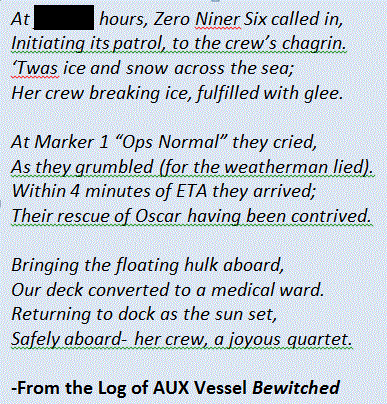History and Traditions
History of the Auxiliary
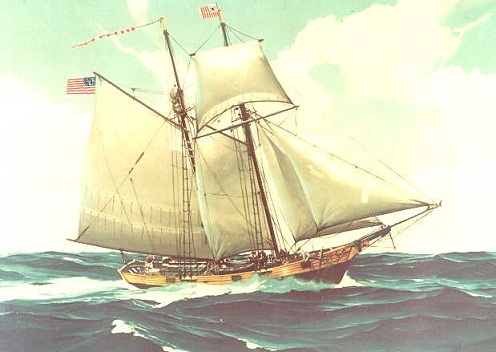 |
Cutter Massachusetts, launched 15 July 1791 |
In any given year, Auxiliary members work an untold number of hours, as they largely administer their own organization. In 1998, their assistance to the public resulted in 445 lives being saved, 12,760 persons being assisted, and a total value of $36.4 million dollars in volunteer services being provided for a range of specific missions. Since 9/11, members have been integrated into the Department of Homeland Security and perform a variety of port security functions. On any given day the Coast Guard Auxiliary's members:
• saves 1 life
• assists 28 people
• completes 62.5 safety patrols
• performs 299 vessel safety checks
• educates 369 people on boating safety
• participates in 100 Coast Guard operational support missions
• attends 70 public affairs functions, and more.
The 21,000 members of the Auxiliary field 4,971 vessels, 2,873 personal watercraft, and 226 aircraft and man 2,641 communications stations.
The U. S. Coast Guard Auxiliary is the largest volunteer marine safety organization in the world and has fostered similar ones in foreign countries. During its seventy-five years, it has lived up to its motto of– "A Proud Tradition, A Worthy Mission."
Click here for a 25 minute documentary video on the history of the USCG Auxiliary.
Traditions
The Blue Ensign

An “Ensign” is a flag flown on ships at sea to distinguish their identity. All members of the Coast Guard Auxiliary are entitled to fly the Auxiliary’s “Blue Ensign” from their personal vessels.
Change of Watch
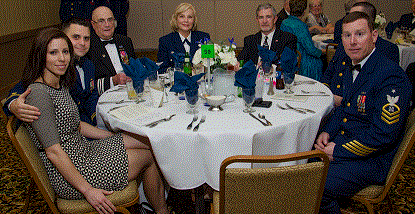
A longstanding service tradition, the Change of Watch ceremony is an annual celebration of the year’s accomplishments, as well as a formal swearing-in of new officers.
The Pledge of Allegiance
Originally composed by Francis Bellamy in 1892, the Pledge of Allegiance of the United States is an expression of loyalty to the republic of the United States of America. Every business meeting of the Coast Guard Auxiliary begins with the Pledge.
http://www.ushistory.org/documents/pledge.htm
The Coast Guard Standard
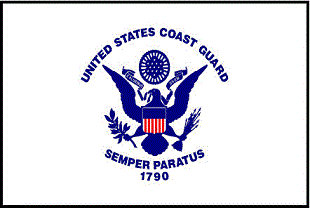
Evolved from an early jack flown aboard the Cutter Alexander Hamilton, the Coast Guard standard is used during parades and ceremonies. The Coast Guard is unique to the other services in that it has two official flags, the Coast Guard standard and the Coast Guard ensign (The Auxiliary flies the “Blue Ensign”).
“Semper Paratus”
Translating to “Always Ready”, the slogan was originally penned by Captain Francis Saltus Van Boskerck in the cabin of the cutter Yamacraw in Savannah, Ga., in 1922.
The Racing Stripe
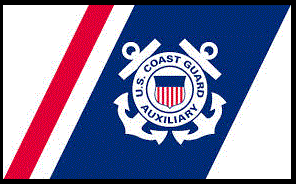
Our familiar and distinctive red and blue slash or "racing stripe" did not appear on our boats and aircraft until relatively late in our history. In 1964, it was recommended that the Coast Guard adopt a symbol or mark that would be easily distinguished from other government agencies and easily applied to ships, boats, aircraft, stations, vehicles, signs and printed forms. Three years later, on April 6, 1967, the now famous slash appeared throughout the Coast Guard.
“First Watch”
Writing a log entry onboard a Coast Guard vessel is a routine matter in which material condition, watchstanders and the ship’s status is recorded. But, in seafaring tradition, watchstanders sweat over military jargon and nautical terms during the first watch of the year to pen lyrical masterpieces.
